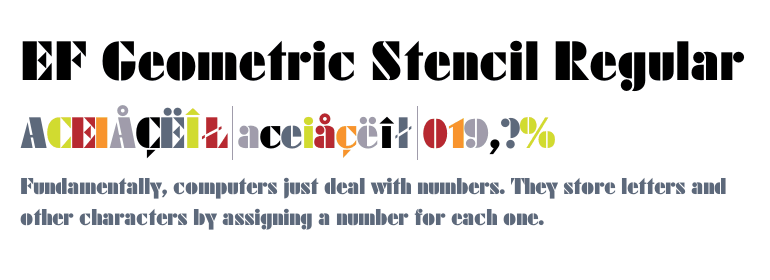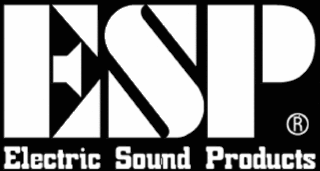A few months back I needed a replacement Patent # decal for a rewind. The customer really wanted one, and I couldn't find one. So I had a guy with one of those Alps printers make me a set. I wasn't thrilled with the gold foil appearance. So I set out on mission to have some made the old way. I found a local shop that still screened waterslides using the old lacquer based inks. But it was a chore getting what I wanted done. They kept trying to "clean up" the art, make things proportionate. These are the closest they got. If you pick it apart, there are differences, and that is okay with me. I just wanted the general style and flavor, not an indistinguishable replica.
Here are my sample applications.





Let me know what you guys think.
Here are my sample applications.





Let me know what you guys think.





Comment